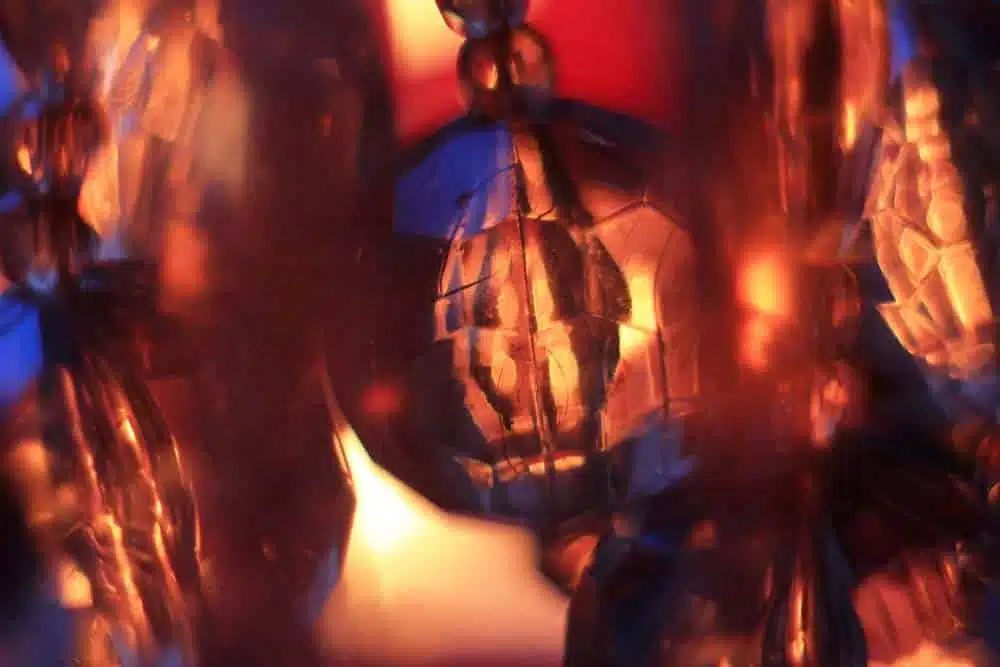The Transmission Lineage

Written by Mila Khyentse
Blog | General Introduction to Dzogchen | The Dzogchen basics
In this article “The Transmission Lineage”, Mila Khyentse talks about one of the foundations of the Great Perfection: the lineage of teaching.
The Transmission Lineage,
The Crystal Mala of Dzogchen.
One of the most fundamental notions of Dzogchen is that of the lineage, brgyud (pronounced gyü) in Tibetan.
What is a lineage?
Firstly, it is what allows us to connect as directly as possible to our own primordial, fundamental nature, what we really are beyond all appearances. The lineage connects us to our nature because it is composed of individuals, women and men, who, thanks to the teachings they have received, have fully actualized and realized this potential within themselves. In particular, they have been able to do this thanks to their masters (bla ma in Tibetan), women and men, who realized this before them, going back in direct line to the original holder of this fundamental knowledge: Garab Dorje in the Nyingmapa world and Shenrab Miwo in the Bönpo world. The latter were the first to realize the full potential of their primordial nature and were able to transmit the path to this realization to their students in a fully alive way. What the lineage in Dzogchen fundamentally conveys is the infaillible transmission of the realization of the primordial nature.
“The lineage is thus at the service of future generations. It is always directed towards those who come after us, and it is the responsibility of the lineage holders, the women and men who are responsible for keeping the transmission of the teachings of the Great Perfection alive, to preserve it”.
Secondly, the principle of lineage relates to learning. In an increasingly dematerialized world, where we learn more and more without moving, the notion of transmission tends to become abstract. Yet, not so long ago, it was still crucial in the West as well. What is transmitted to us in a tangible way through the lineage, i.e. learning by experience, is the efficiency of the gesture, of the body and of the concentration. Our teacher shows us (very patiently!) by his own example how to do things so that we can integrate this principle for ourselves. It is not a question of copying it, but of integrating the knowledge that is transmitted to us in the way best suited to our way of being and doing, until we realize it in its entirety.
Lineage means preservation, perpetuation for future generations. With the crucial question of the world we are going to leave to our children, there is also the question of the kind of knowledge we will pass on to them. Will we pass on our knowledge, only preoccupied with worldly matters such as success in life, or also the wisdom of the ancients who had a more intimate knowledge of the nature of the world and therefore of primordial nature than we do? This is the whole question of the lineage in Dzogchen, because it is impossible that it is only for worldly purposes, i.e. only to improve our living conditions. It also carries an “extra-worldly” meaning, beyond our short-term view of this existence alone, as Damien says in his article on death. It allows us to look at reality in a global, transcendent and lasting way.
The lineage is thus at the service of future generations. It is always directed towards those who come after us, and it is the responsibility of the lineage holders, the women and men who are responsible for keeping the transmission of the teachings of the Great Perfection alive, to preserve it. If it stops, then no one can attain the realization of the Great Perfection, the liberation from all suffering and illusion.

In the Nyingmapa tradition of Dzogchen, there are three general types of lineage.
The first is called the “lineage of the awakened presence of the Victorious Ones” (rgyal ba dgongs brgyud in Tibetan), which is said to be the primordial lineage, the lineage of Garab Dorje’s own nature that revealed itself to him in the form of direct teachings. It is said that it is this aspect of the lineage that allows us to experience the introduction to our own primordial nature.
The second is “the lineage of the symbol of the Lords of Primordial Evidence” (rig ‘dzin brda brgyud in Tibetan), a beautiful name which is a possible translation for “the lineage of the Vidyādhara”, those who possess primordial knowledge. The transmission in this particular aspect is through the “symbol” which can be a gesture, a sound, etc., and which reveals the deep meaning of the primordial nature of our own mind.
The third is called the “Oral Lineage of the (Great) Individuals” (in Tibetan gang zag snyan brgyud), which refers to the so-called “mouth” lineage: that of the human masters who, in the Tibetan world, can be traced back to Padmasambhava, Vimalamitra and Vairotsana. The peculiarity of this aspect of the lineage is that it transmits the primordial meaning of the others in the form of extensive, elaborate, theoretical and practical teachings. It is like a university course with a gradual progression towards the realization of our own nature.
These three types of lineage have endured to the present day through the efforts of past generations. These lineages are still alive, like a mala (a rosary) of pure crystal, and now allow us to have access to liberation from suffering and to the realization of the rainbow body “which knows no death”, as my Master used to say.
It is up to us to make the necessary efforts so that they do not stop soon, just like our earth to turn…
More Articles
High Diving
In “High Diving” by Mila Khyentse, everything is about diving and hovering… in the Olympic Games of Great Perfection.
Nenikekamen!
With “Nenikekamen!” Grégoire compares the marathon, the flagship event of the Olympic Games, to the Dzogchen path.
Opening Ceremony
Nils compares the Olympic Games Opening Ceremony to the introduction in Dzogchen, kicking off the Great Perfection Summer Games series!



